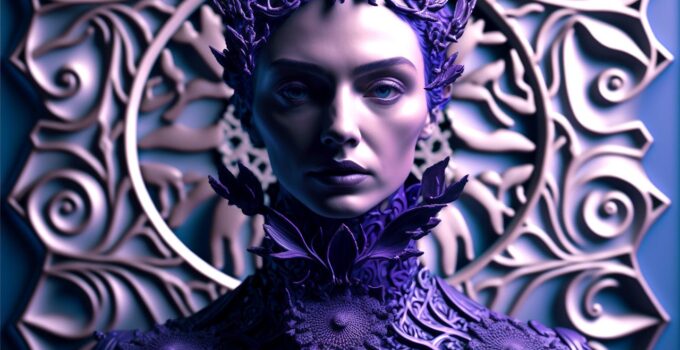The integration of Artificial Intelligence (AI) into the domain of digital media marks a significant evolutionary leap, particularly within the spheres of photography and video. Groundbreaking tools like OpenAI’s Sora, coupled with advanced techniques such as knowledge distillation, underscore the profound capability of AI to generate lifelike video footage and images from textual prompts.
This capability significantly enhances the creative process’s efficiency and accessibility. This expansive article aims to delve into how AI is reshaping the landscape of visual media, enhancing both creativity and efficiency for professionals and enthusiasts, while simultaneously navigating the complex ethical considerations these advancements bring to the forefront.
Introduction to AI’s Pioneering Role in Visual Media
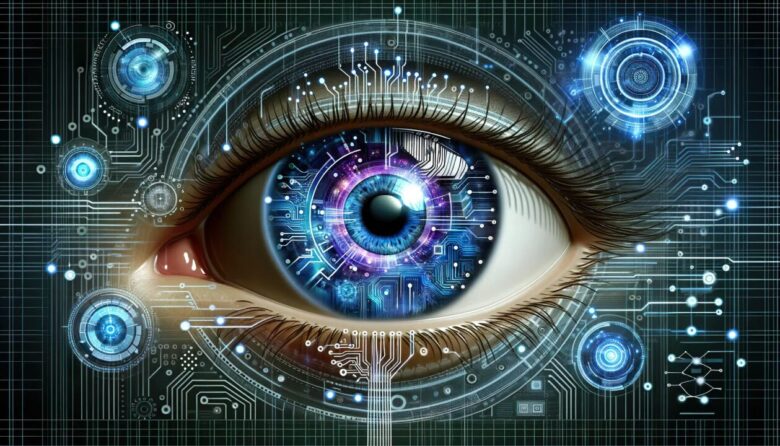
Source: linkedin.com
The advent of AI in the fields of photography and video heralds a new epoch within the creative industry, blending technological innovation with artistic expression.
This fusion unlocks myriad possibilities, from automating routine tasks to expanding the horizons of creativity. AI’s role in transforming these mediums is profound, redefining our interaction with and perception of visual content.
Revolutionary Impact of AI on Photography
- AI in Photo Editing: The advent of AI photography tools like Artisse AI revolutionizes the editing process by automating complex tasks, improving image quality, and learning user preferences, thus offering unprecedented efficiency and creative flexibility.
- Smart Cameras and AI: The emergence of smart cameras, powered by AI, transforms photography by recognizing scenes, optimizing settings for optimal shots, and enhancing focus and composition through intelligent subject identification.
- AI in Image Restoration: AI’s application in image restoration is transformative, enabling the revival of old or damaged photographs with astonishing detail and accuracy, thus preserving historical and personal memories.
Transformative Influence of AI on Video Production
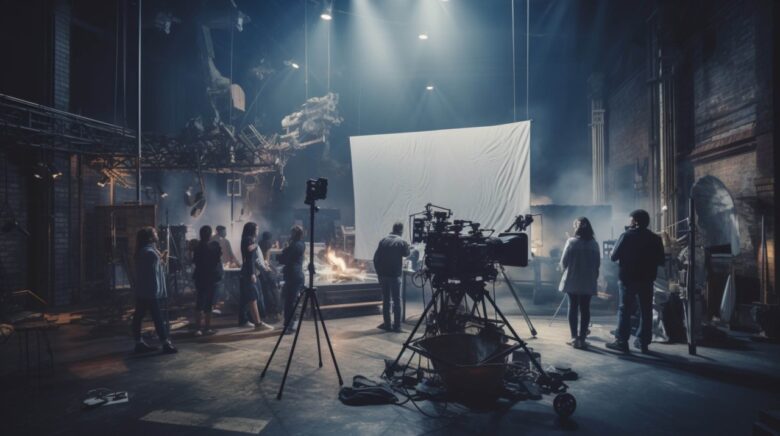
Source: linkedin.com
- Sora: Instant Video Generation from Text: OpenAI’s Sora represents a quantum leap in AI’s capability to simulate and understand visual content, producing videos that adhere closely to specified styles and subject matters, thus opening new avenues for storytelling and video production.
- AI in Video Editing: The labor-intensive process of video editing is revolutionized by AI, which accelerates production through automated content analysis, audio level matching, and clip trimming, making the editing process more intuitive and efficient.
- Enhancing Video Quality with AI: AI’s ability to upscale video resolution, stabilize footage, and improve low-light performance dramatically enhances video quality, offering a polished final product without the need for manual intervention.
- AI and CGI Integration: The synergy between AI and Computer-Generated Imagery (CGI) facilitates the creation of realistic environments, characters, and effects, streamlining filmmaking processes and reducing the costs and time associated with traditional CGI techniques.
AI’s Role in Post-Production
AI significantly impacts post-production by offering automated editing tools that analyze hours of footage to select the best shots, AI-driven color grading for scene consistency, and sound design AI that generates or suggests effects based on visual cues.
Ethical Considerations in AI-Driven Visual Media
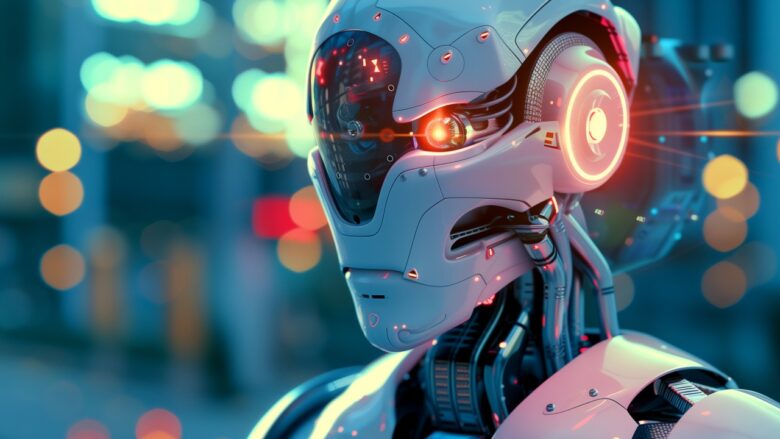
Source: linkedin.com
With the advancement of AI technology, ethical considerations become paramount, especially regarding responsible usage. OpenAI’s approach with Sora, which includes rigorous testing and terms of service that prohibit misuse, reflects a broader industry commitment to ethical development. These considerations are crucial in ensuring the responsible deployment of AI technologies in creative contexts.
Embracing the evolution of AI in visual media requires a nuanced understanding of its multifaceted impact on creative expression and societal dynamics. As AI continues to push the boundaries of what is possible in photography and videography, it also necessitates a deeper reflection on the ethical implications embedded within its applications.
The democratization of image generation through techniques like knowledge distillation presents opportunities for broader accessibility and innovation, yet concurrently raises concerns regarding consent, privacy, and the authenticity of generated content. Furthermore, as AI-driven tools become increasingly integrated into creative workflows, there arises a need for comprehensive frameworks that ensure responsible development, deployment, and usage.
Ethical considerations must not be relegated to the periphery but rather should be woven into the fabric of AI-driven innovation, guiding its trajectory towards a future where technological advancement aligns harmoniously with ethical principles.
In this rapidly evolving landscape, fostering interdisciplinary dialogue and collaboration among technologists, artists, ethicists, and policymakers becomes imperative to navigate the complexities and possibilities inherent in the dawn of AI in visual media.
By fostering a culture of responsible innovation and ethical stewardship, we can harness the transformative potential of AI to enrich visual storytelling while upholding fundamental principles of integrity, equity, and respect for human dignity.
The Future of AI in Visual Media
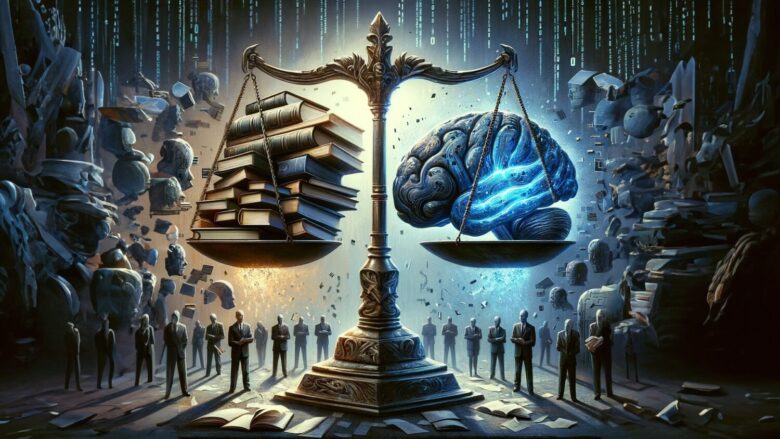
The potential of AI in photography and video extends beyond current capabilities, inviting speculation and excitement about future possibilities. However, this journey is not without challenges, particularly ethical ones, ranging from copyright issues to the authenticity of AI-generated content.
Embracing the AI revolution entails not just leveraging technological advancements but also reimagining the boundaries of creativity. With AI serving as both a tool and a collaborator, the future of visual media promises a landscape ripe with innovation and potential.
South Korean scientists have employed a technique called knowledge distillation to compress the size of publicly available image generation models. This approach enhances efficiency and speed, making AI-generated images more accessible.
These models, based on diffusion techniques, iteratively refine random noise into coherent images. However, ethical concerns arise when AI generates lifelike images of real people in situations they were never part of.
Conclusion: Navigating the AI Evolution in Photography and Video
The exploration of AI’s integration into photography and video unveils a transformative era characterized by innovation, creativity, and potential ethical challenges. The advancements in AI-driven tools and techniques, such as Sora and knowledge distillation, alongside AI’s transformative impact on editing, production, and post-production processes, highlight the revolutionary potential of AI in visual media.
As we navigate this evolving landscape, the synergy between technological prowess and ethical practice will be paramount. The future of visual media, enriched by AI, beckons a reimagined realm of possibilities, inviting us to explore and innovate in ways previously unimagined. As we embrace this evolution, the interplay between AI’s capabilities and ethical considerations will shape the trajectory of visual media,

